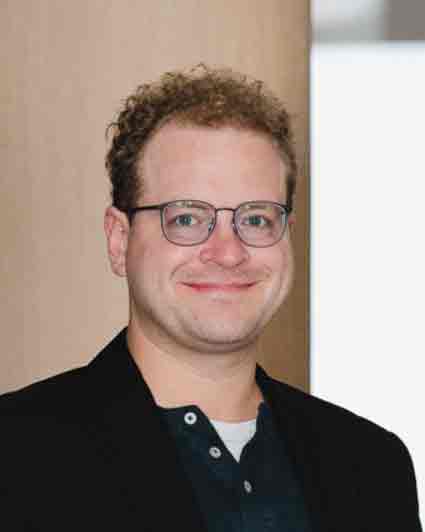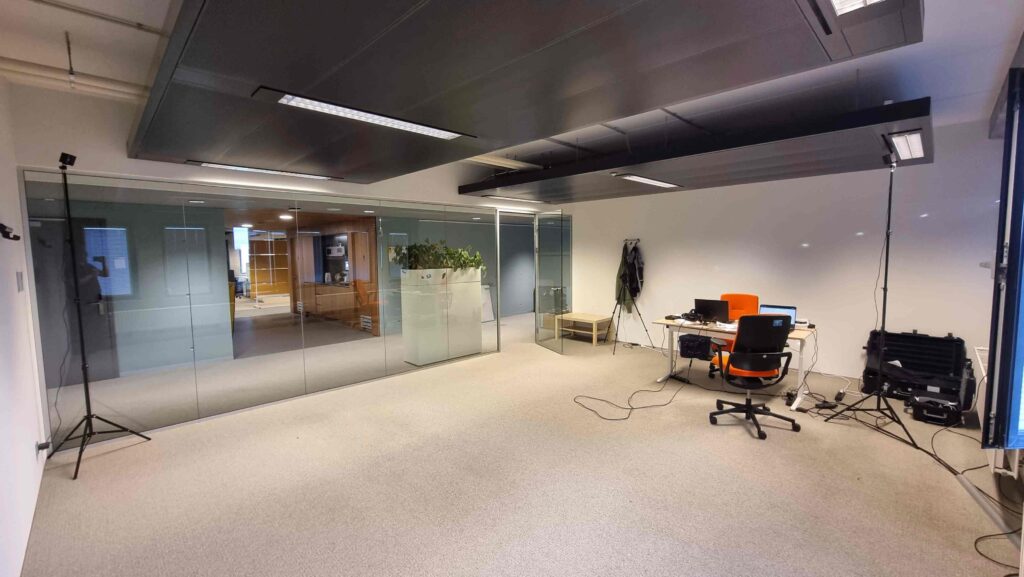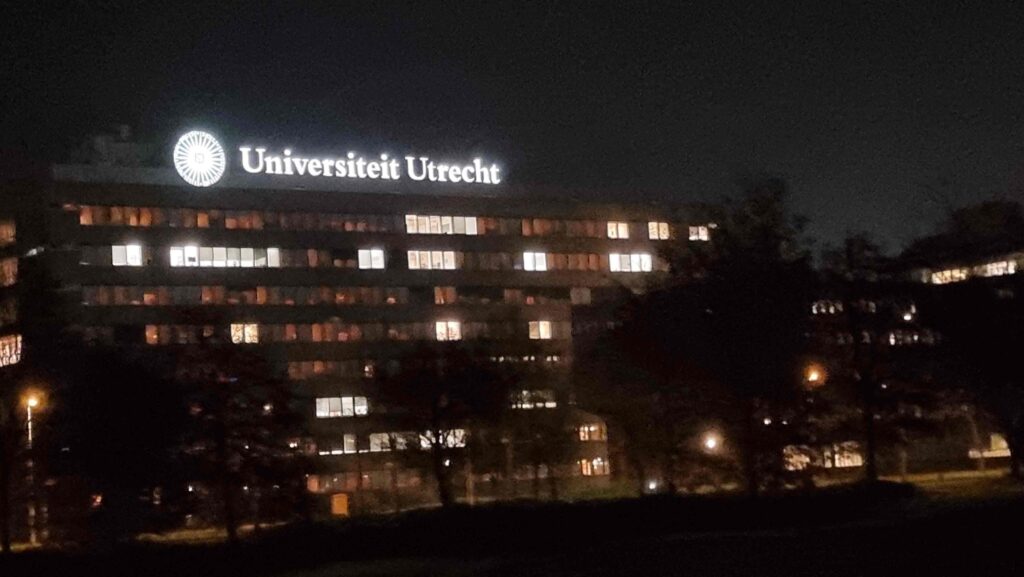From 1st October, 2022 until 4th December, 2022 I visited Utrecht University. My local supervisor was Dr. Michael Behrisch. We conducted research about visual metaphors for Multilayer Networks in Virtual Reality (VR). Multilayer networks (MLN) are a special kind of network containing subsystems. The visualisation of MLNs in the 3D space of VR is not well researched.
The idea was born at Dagstuhl Seminar 21401 “Visualization of Biological Data”. We are an international team of researchers: Michael Behrisch (Utrecht University), Falk Schreiber (University of Konstanz), Karsten Klein (University of Konstanz), Nicolas Brich (University of Tübingen), Stephen Kobourov (University of Arizona), Bruno Pinaud (Université de Bordeaux), Michael Krone (University of Tübingen) and myself, Stefan Feyer – PhD Candidate at Falk Schreiber´s chair for Life Science Informatics at the University of Konstanz.

Our goal is to find insight about visualisation approaches for MLN in VR. Therefore, we designed a comparative study, in which we presented three different visualisations of MLN to study participants: 2D, 2.5D and 3D. We chose 6 representative tasks from a task taxonomy, which our study participants had to solve on networks with two different complexity levels having 3- and 7-layers. We measured task completion time, accuracy, and movement performed by the participants, to get insights into which visualisation was suitable for the chosen tasks. The outcome was triangulated with qualitative data. 28 participants participated in the study at Utrecht Science Park.
I transported the research equipment for the experiment by car to Utrecht. In Utrecht, I was integrated in the VIG (Visualisations and Graphics) group and had close contact with the researchers of the group. The topics at the VIG group had high similarities with the research that I performed in Utrecht. At Utrecht Science Park, I took benefit from the existing infrastructure to obtain study participants. The department of Computer Science provided an appropriate room to conduct the study.

The outcome of the experiment resulted in the paper “2D, 2.5D, or 3D? An Exploratory Study on Multilayer Network Visualisations in Virtual Reality” which was accepted at the A-rated conference VIS’23.
During the weekly group meetings I also presented the work on the study on Multilayer Networks in Virtual Reality. During my stay I could talk to several researches in the field of networks and network visualisation. We discussed the ongoing project in high detail. The feedback that I received was of high value and enriched the project.
I’m thankful for the received travel support by SFB TRR-161. The stay enriched the ongoing research project and was of high value for Project D04.


